Using coloured gems is one of the great joys of my work. Each time I work with these pretty, sparkly stones, I marvel at all the colours of the rainbow to be found in nature.
Choosing a coloured gem is extremely good fun, but not all gems are appropriate for everyday wear. If you are contemplating integrating coloured gems into a new piece of jewellery, here are some handy tips to help you on your journey.
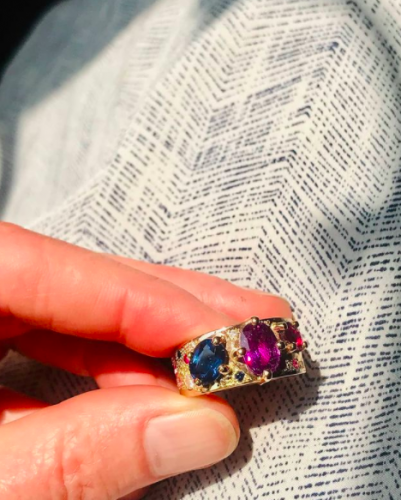
There are four precious gemstones: diamond, sapphire, ruby and emerald.
All other gemstones are called semi-precious stones. The precious bunch are distinguished for their combination of beauty, hardness, durability and rarity… and possibly a little marketing, aesthetics and economics (shhh 🤫!).
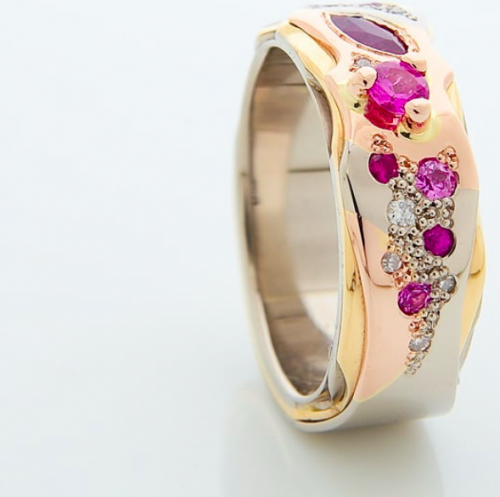
The more commonly used semi-precious gems are alexandrite, agate, amethyst, aquamarine, garnet, lapis lazuli, moonstone, opal, pearl*, peridot, rose quartz, spinel, tanzanite, tourmaline, turquoise and zircon.
*Yes, pearl isn’t technically a gemstone, but they’re considered part of the popular semi-precious team!
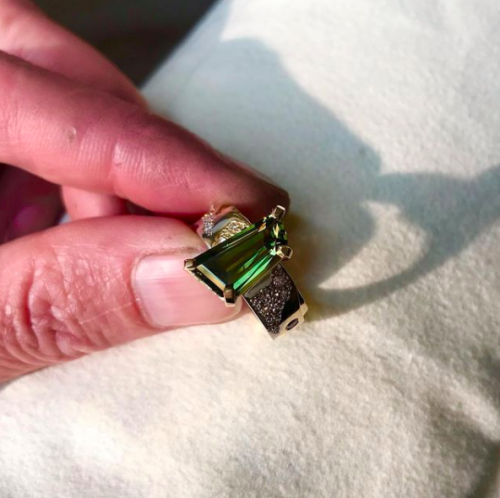
When choosing coloured gems, you need to keep an open mind.
As your jeweller, I want your jewellery to last. Unfortunately, not all gems are appropriate for everyday wear, and not all are suitable in all styles of settings.
It isn’t always possible to source exactly the shape, size and colour (and price) that you wish, so that’s where the open mindedness comes in. I guarantee that once we begin the gem sourcing journey a whole world of colour and sparkly possibility will unfold before you on white gem trays. You may have initially had your heart set on an oval shaped gem but the exact colour you desire, and size may result in a round shape so it could involve loosening the design perimeters to accommodate an alternative style suited to a different shaped gem.
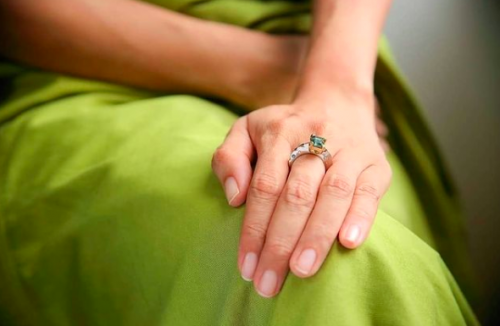
Natural coloured gems are a mineral crystal so although you can hunt through parcels to line up a matching suite for a halo, or a twin pair that’ll hang seamlessly on your ears or sit either side of a central stone in a traditional engagement ring, you can also source a rare or unusual or a striking shade of a coloured gem that could become particularly yours and for generations to follow.
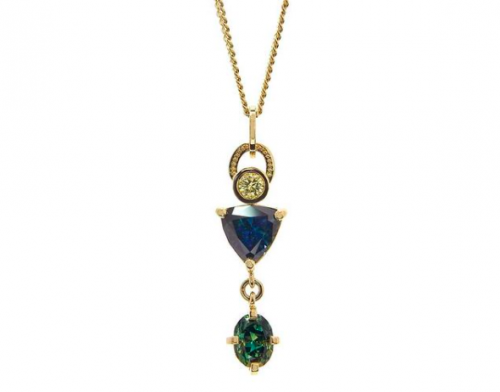 </
</
I’m a particular fan of bravely combining multiple gemstone colours in one piece. You may not wear five different colours in one outfit, but they’ll pleasingly hang together around your neck (no matter the outfit colour). The unnecessary colour rules like avoiding pink and red don’t apply to gems, you need to dispense with rules and lead with emotion. Gems can remind you of your lover’s eyes or the colour of hills behind your grandparent’s house, the sky the sea or your favourite bloom. Colour can also make you feel good or calm or happy, and without realising that can also apply to shape and luminescence.
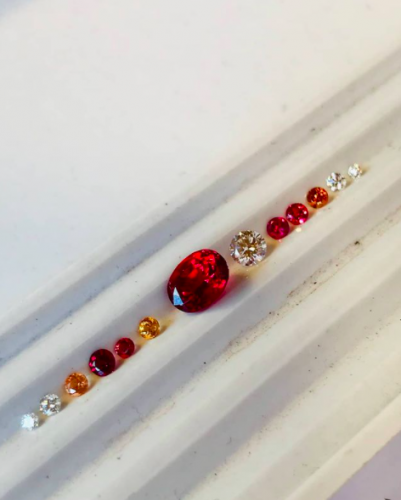
Before you know it, you’ll love gems as much as I do, and you’ll be browsing the lapidary and gemstone section of your local library!